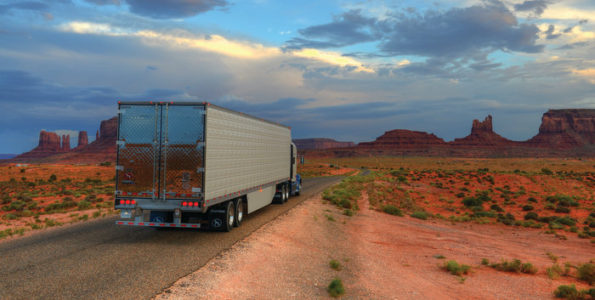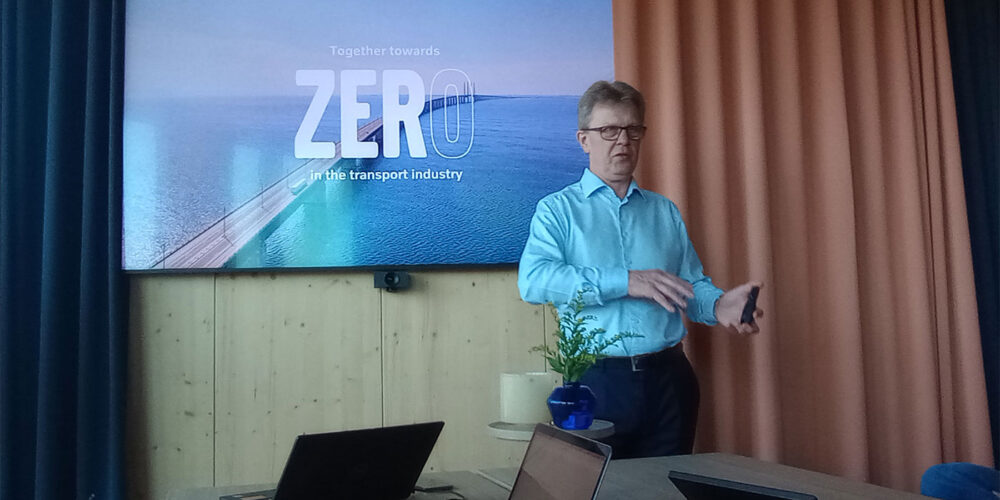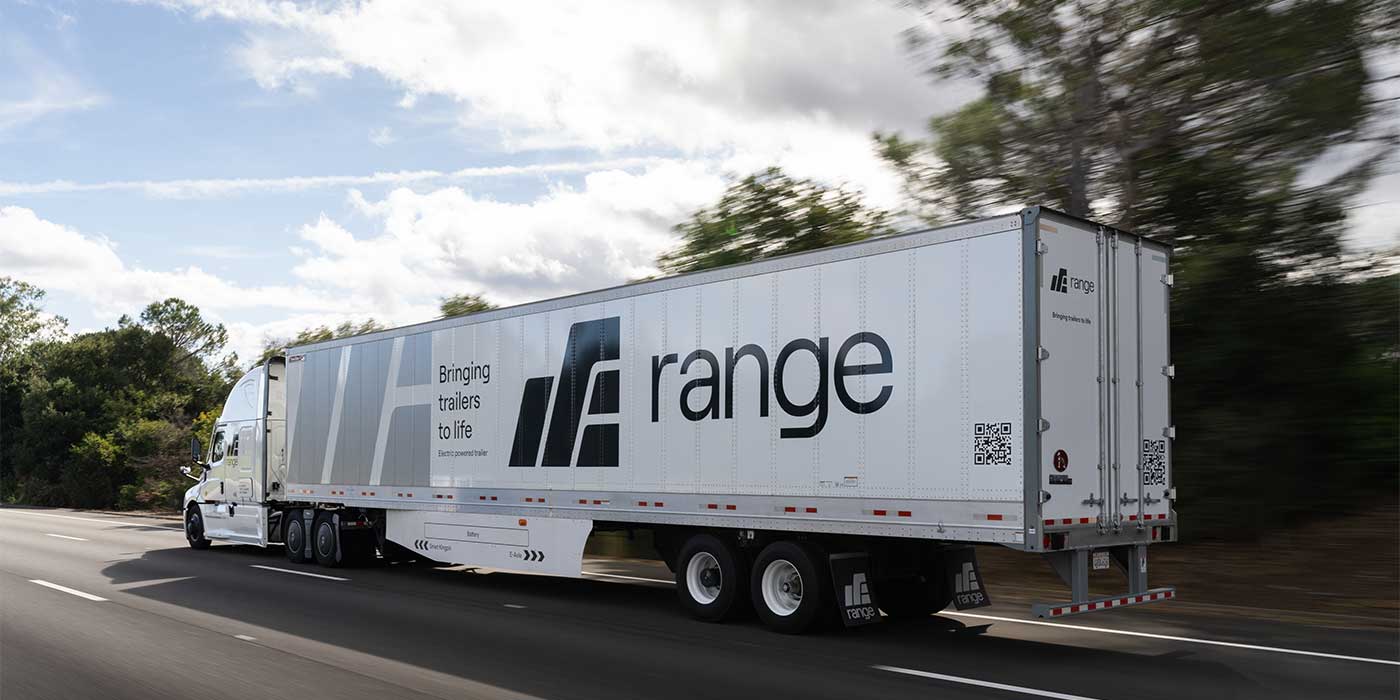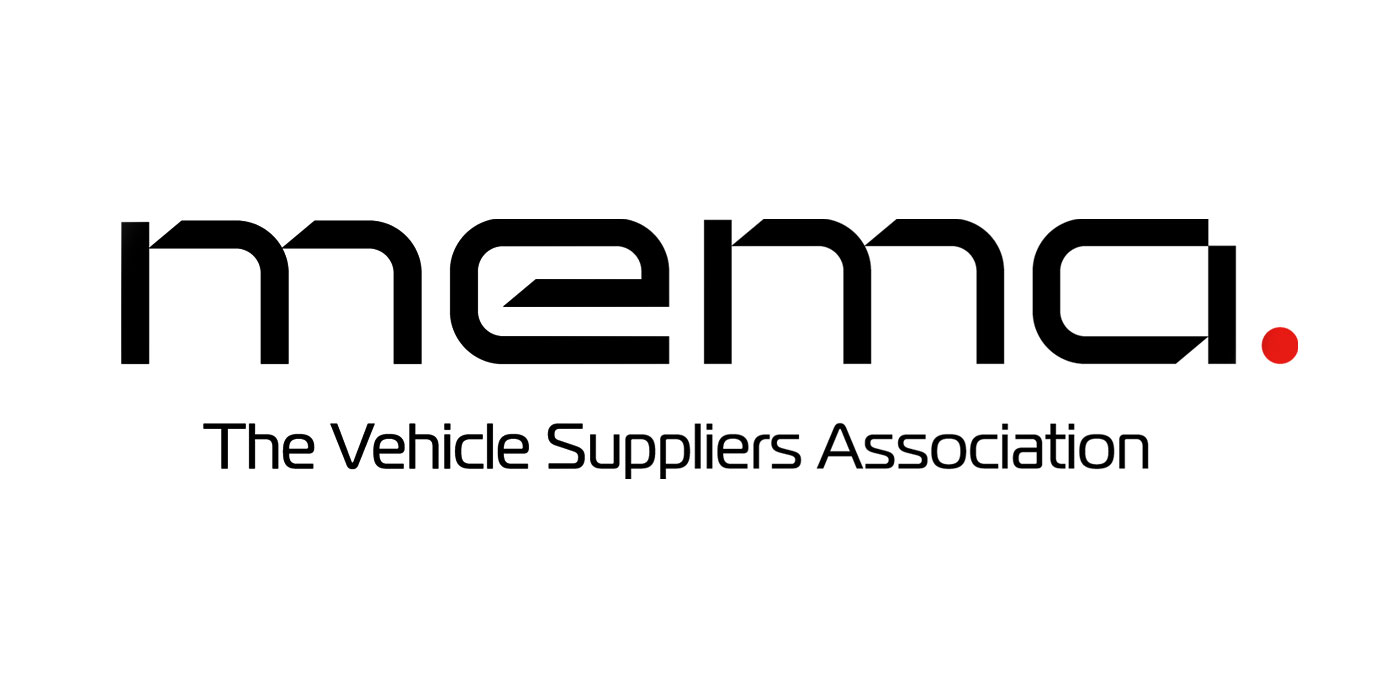
With the Obama Administration’s Phase II regulatory program aimed at reducing Greenhouse Gas (GHG) in part through aerodynamic, tire and light weighting solutions for trailers, the future form and function of heavy-duty trailers has never been a hotter topic. To get an idea of what the future may hold, Fleet Equipment spoke with Chris Hammond, Great Dane’s executive vice president of sales.
“While GHG Phase II is not finalized, it will certainly include the trailer. I do not foresee any problem meeting the requirements as they have been discussed thus far,” Hammond said. “I think early on, manufacturers will use existing technologies in regards to aerodynamic devices to meet the requirements. In the long term, the big question will be how much will the trailer change in the future to accommodate standards and even surpass the requirements.”
Today, Great Dane sees an increased demand for aerodynamic fairings at the rear, top and underside with the longer truckload vans and reefer trailers. However, Hammond was quick to point out that, as Great Dane specializes in customization, the manufacturer has a number of trailers that currently do not require or necessarily benefit from skirts or tails. “Our shorter food service customers, as well as specialty vans and reefers, generally do not get the benefit due to the operation or length of haul,” he said.
Aerodynamics isn’t going to be the single solution to increasing freight efficiency. One growth area that Hammond expects to see evolve is trailer telematics.
“Five years from now, I believe telematics will be a bigger part of the trailer,” he said. “You’ll see more temperature data gathering inside the trailer—from the walls to probes inside the products being hauled. Customers want real-time information, and they’ll see many more opportunities for that information from inside the trailer. Outside of the trailer, you’ll also have real-time data to help fleets with pre-trip inspections and safety.”
Hammond went on to say that fleets have been adopting trailer tracking as well as temperature monitoring for several years and as that technology quickly advances, you’ll see more “smart” trailers in the future with the ability to track many things on and inside the trailer. “We feel that we have many opportunities as technology touches every aspect of our daily lives,” he added.
Let’s not forget that fighting trailer corrosion, ensuring proper lighting and wiring and in-servicing, and thermal issues are all factors that fleets still battle on a daily basis.
“A key component to using less fuel is to use technologies that keep the box cool longer,” Hammond said. “We share our ThermoGuard technology with our reefer fleets, as they can all benefit from trailers that don’t gain much water weight and stay thermally efficient for the life of the trailer. Another basic aspect is getting their trailer to them as part of the upfront cost. We have ten factories that allow customers to pick up trailers at locations closer to them or in lanes they frequent.”
Down the road
This year, trailer orders have rolled strong and continue to do so—the latest numbers from FTR indicate that September 2015 U.S. Trailer net orders were 34,700, significantly above expectations. The order total for the month was 48% above August and improved 8% from a year ago. Trailer orders have now totaled 338,000 for the past 12 months. Hammond expects the fourth quarter to be just as strong as the first three this year, in both trailer sales and aftermarket sales and service. While fleets are busy keeping an eye on the equipment bottom line, it’s important to be mindful of the fact that change is coming.
“Fleets need to stay up to date on pending legislative changes,” Hammond stressed. “As we all know, the 33-ft. rule and GHG Phase II are big topics. Food Safety is the other one that is still in the comment period; so I would suggest staying tuned for any updates.”














